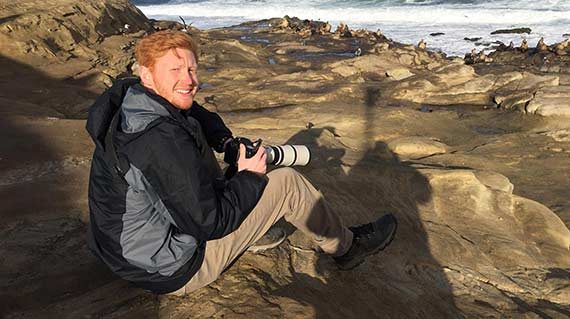
Your Guide: Jacob Roalef
Tours: Alaska, Arizona, California, Colorado, Florida, Maine, Minnesota, Ohio, Texas, Wyoming, Birding Ecotours (Worldwide)
The mention of California usually conjures up visions of scenic mountain vistas, the blue Pacific, and sunbaked deserts of the south. The birds are no less spectacular, with everything from Black-footed Albatross to Lawrence’s Goldfinch to California Condor possible. During this ten-day birdwatching tour, we will search for many of California’s resident species as well as several migrants. We will visit a vast array of habitats, including marshlands and tidal wetlands, the scenic Sierra Nevada range, rich with montane birds (including seven species of woodpeckers), and the sage-filled lands east of the Sierras that harbor (Greater) Sage Grouse and Mountain Bluebird. Not to mention fantastic birding sites like Pinnacles National Park, the Diablo Range, Mono Lake and the open waters of the Pacific Ocean. The list of scenic views and target bird species goes on and on and on.
Mixed-oak woodlands will be birded intensely, as they contain several species of owls and passerines that are not easily found in other habitats. A pelagic trip is included for a chance at seabirds such as Long-tailed Jaeger, South Polar Skua, Buller’s Shearwater, and Ashy Storm Petrel. Of course, there is an excellent chance to observe whales as well, including Humpback Whale and the magnificent Blue Whale!
If you wish to continue the adventure and enjoy a full comprehensive tour of California, please check out our set departure birding tour to southern California immediately following this one. This trip includes stops in various habitats for California Gnatcatcher, Island Scrub Jay, Allen’s Hummingbird and a trip to the Salton Sea. Please see the separate itinerary for more information.
We will take a maximum of seven participants. On rare occasion we may extend the maximum to ten participants.
See the separate itinerary for full details about the Salton Sea Extension.
Duration: 14 days
Group Size Limit: 4 – 7
Date: 12 September – 21 September 2026
Start: San Jose, CA
End: San Jose, CA
Price:
US$7,261 per person sharing assuming 3 – 8 participants
Single supplement: US$1,261
We can run the same trip at a price similar to the larger group price for 2 tour participants, if they rent their own vehicle and pay for fuel – please e-mail [email protected] for details.

Tours: Alaska, Arizona, California, Colorado, Florida, Maine, Minnesota, Ohio, Texas, Wyoming, Birding Ecotours (Worldwide)
COMPLETE CALIFORNIA TOUR
7-20 September 2012
Top 10 lists are voted upon by the participants at the completion of each tour.
1 – Northern Pygmy-Owl – this bird was seen well at Mount Pinos, for a nice long period of time. Good looks at owls are hard to beat.
2 – Laysan Albatross – a single bird was observed numerous times during the second pelagic trip into Monterey Bay, along with several Black-footed Albatrosses.
3 – Island Scrub-Jay – a California endemic, found only on Santa Cruz Island. Several were seen.
4 – Spotted Owl – an after dinner owling trip produced a pair in Los Padres National Forest. One of the owls was seen exceedingly well.
5 – Yellow-billed Magpie – another California endemic. “We watched two Yellow-billed Magpies harass an immature Sharp-shinned Hawk and chase it off. After a couple of minutes the hawk returned and made several attempts to kill one of the magpies.” What a show!
6 – Mountain Quail – this elusive species was seen and heard several times on the tour. They were seen very well at Los Padres National Forest, picking grit from the roadside.
7 – California Condor – Big Sur yielded SEVEN Condors, soaring along scenic cliffs that overlook the Pacific.
8 – LeConte’s Thrasher – great looks at a species that is often difficult to find, especially outside of its breeding season.
9 – Ridgeway’s Rail – an adult with two young was observed at the Palo Alto Wetlands.
10 – Great Gray Owl – one was found in Yosemite National Park after searching several locations. This is always an exciting bird to see.


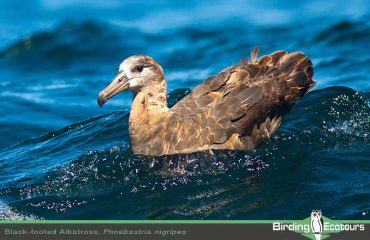 Black-footed Albatross
Black-footed Albatross
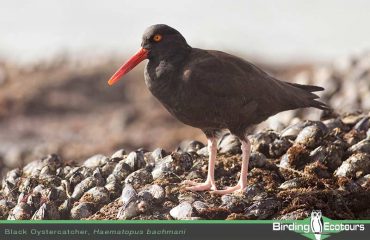 Black Oystercatcher
Black Oystercatcher
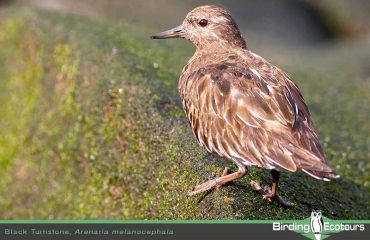 Black Turnstone
Black Turnstone
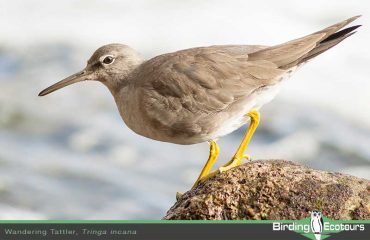 Wandering Tattler
Wandering Tattler
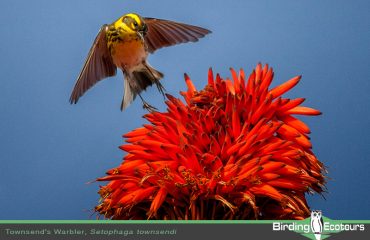 Townsend's Warbler
Townsend's Warbler
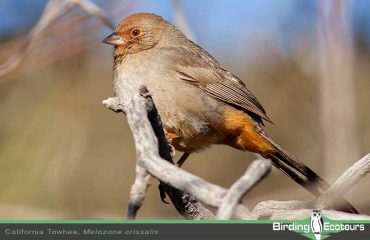 California Towhee
California Towhee
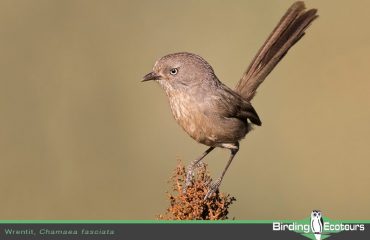 Wrentit
Wrentit
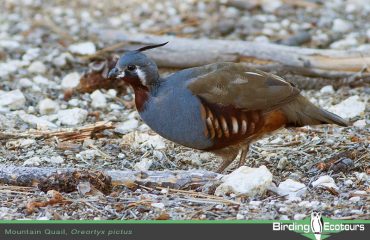 Mountain Quail
Mountain Quail
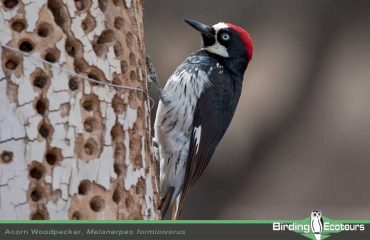 Acorn Woodpecker
Acorn Woodpecker
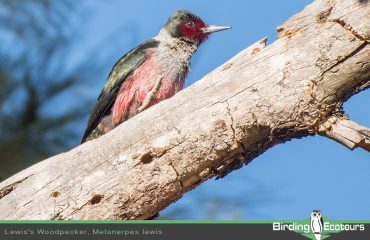 Lewis's Woodpecker
Lewis's Woodpecker
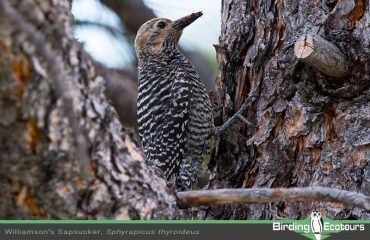 Williamson's Sapsucker
Williamson's Sapsucker
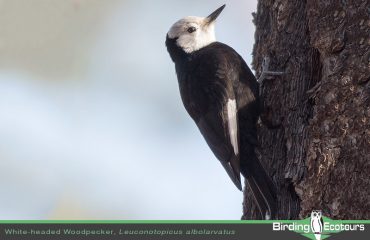 White-headed Woodpecker
White-headed Woodpecker
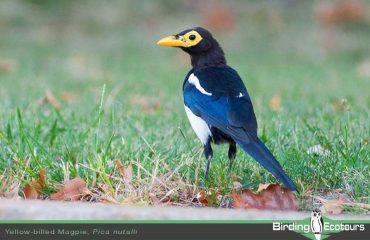 Yellow-billed Magpie
Yellow-billed Magpie
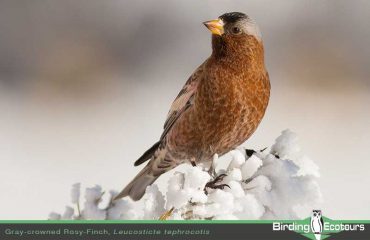 Gray-crowned Rosy-Finch
Gray-crowned Rosy-Finch
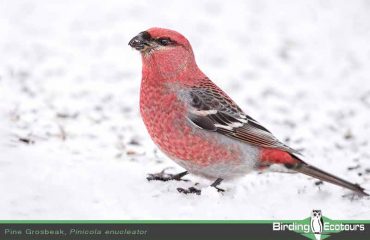 Pine Grosbeak
Pine Grosbeak
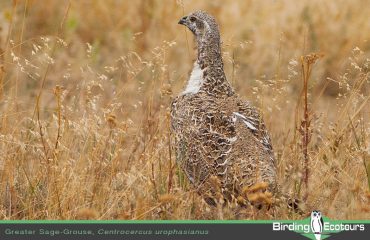 Greater Sage-Grouse
Greater Sage-Grouse
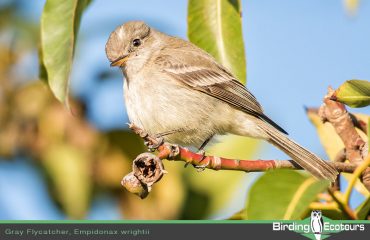 Gray Flycatcher
Gray Flycatcher
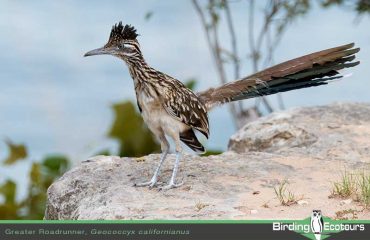 Greater Roadrunner
Greater Roadrunner
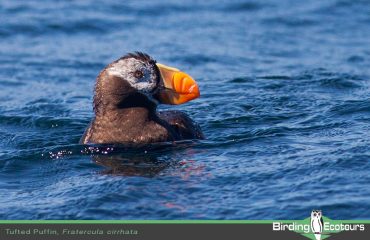 Tufted Puffin
Tufted Puffin
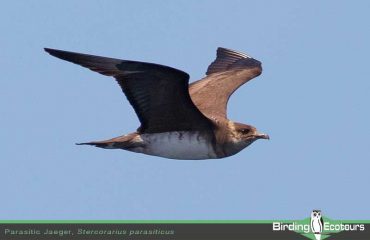 Parasitic Jaeger
Parasitic Jaeger
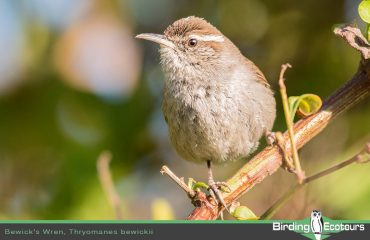 Bewick's Wren
Bewick's Wren
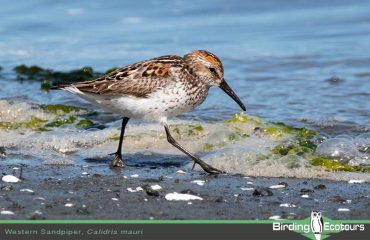 Western Sandpiper
Western Sandpiper
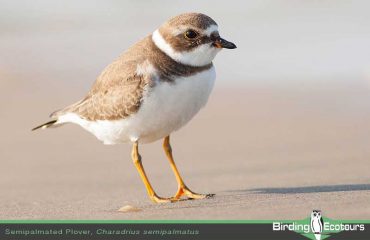 Semipalmated Plover
Semipalmated Plover
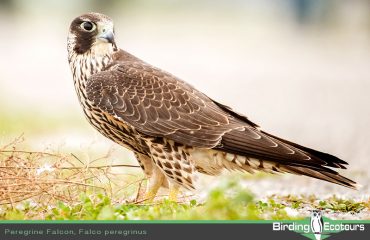 Peregrine Falcon
Peregrine Falcon
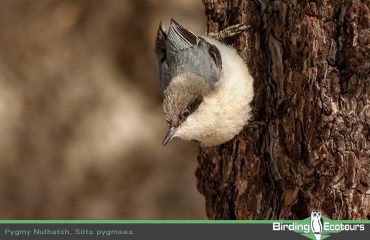 Pygmy Nuthatch
Pygmy Nuthatch
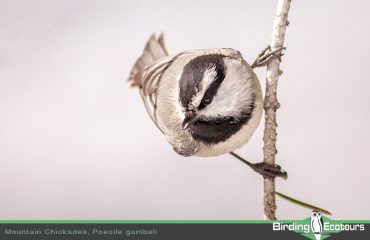 Mountain Chickadee
Mountain Chickadee
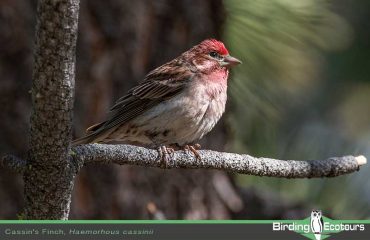 Cassin's Finch
Cassin's Finch
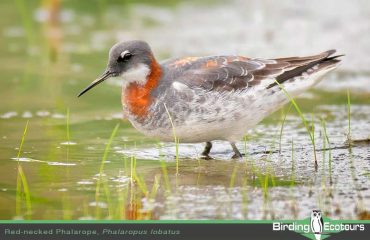 Red-necked Phalarope
Red-necked Phalarope
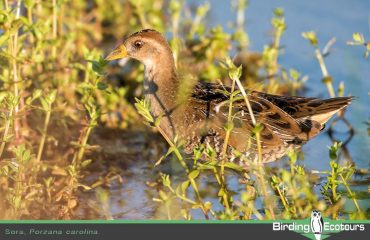 Sora
Sora
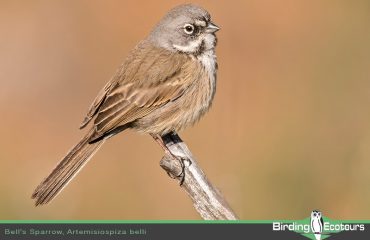 Bell's Sparrow
Bell's Sparrow
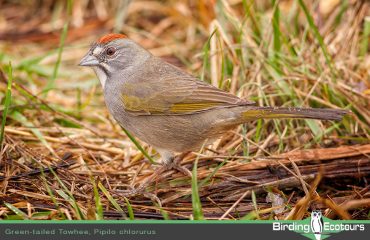 Green-tailed Towhee
Green-tailed Towhee
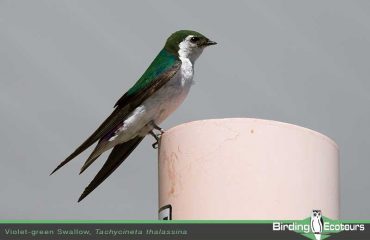 Violet-green Swallow
Violet-green Swallow
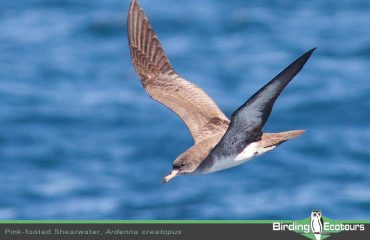 Pink-footed Shearwater
Pink-footed Shearwater
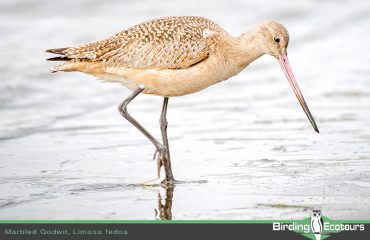 Marbled Godwit
Marbled Godwit
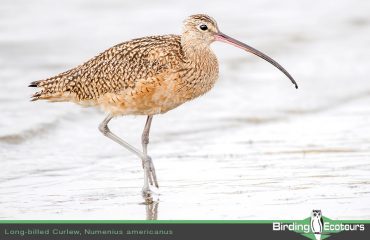 Long-billed Curlew
Long-billed Curlew
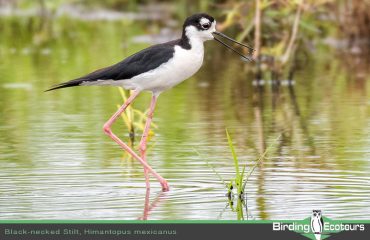 Black-necked Stilt
Black-necked Stilt
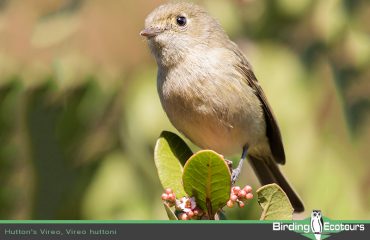 Hutton's Vireo
Hutton's Vireo